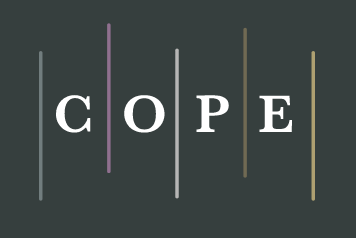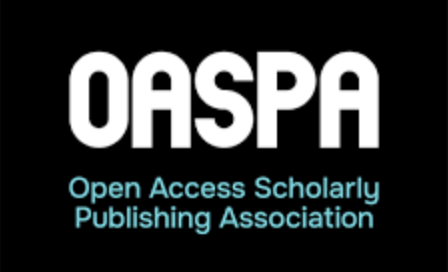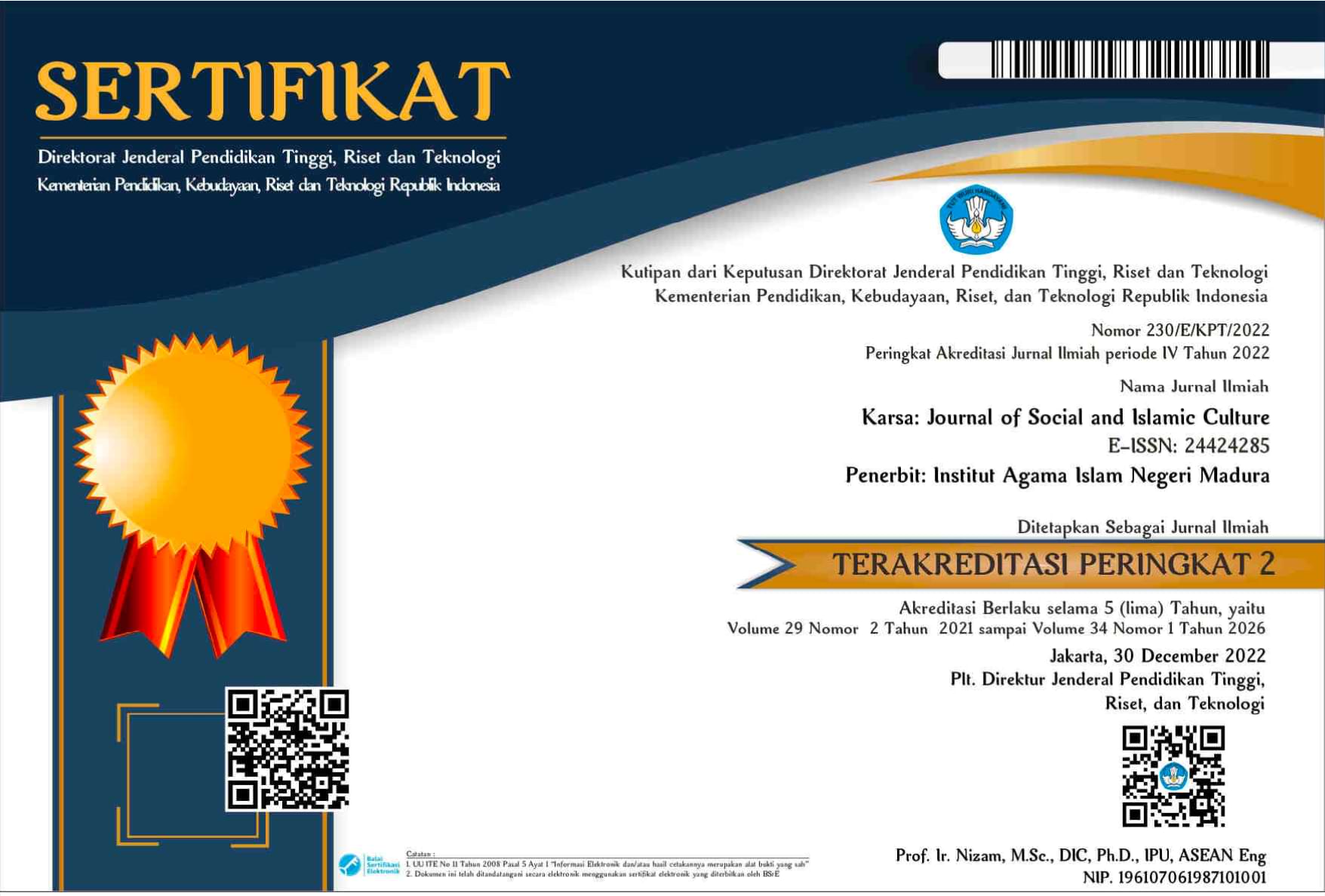The Role of Religious Leaders Amid Conflict of Public Resistance to Industrial Activities in Gresik
 Abstract views: 629
,
Abstract views: 629
,
 PDF downloads: 386
PDF downloads: 386
Abstract
The research constitutes an analysis on the conflict between community in Ujungpangkah, Gresik, East Java and a gas company, PT Aramada Hess (now PGN Saka Energy Indonesia). The research aims at finding a conflict resolution model that is distinctive, appropriate, and successful. To support the qualitative research, data collection methods use purposive sampling, participatory observation techniques, in-depth interviews and document reviews. The collected data are analysed with the theory of mapping C.R. SIPPABIO. The theory under which the researcher applying to understand the role of Ujungpangkah religious leaders in resolving conflicts between the community and PGN Saka Energy Indonesia. As a result, it is found that: 1) public leaders are derived from various groups (fishermen, fishpond entrepreneurs and Islamic boarding school leaders) who positively resolve the conflict; 2) the intervention method is used as conflict resolution with a negotiation model; 3) Ujungpangkah religious leaders become social cohesion in this open conflict.
Downloads
References
Abdalla, Amr, and Marie Sender. “Model for Conflict Analysis.“ University for Peace. August, 2019. https://inpeaceamr.com/wp-content/uploads/2020/06/Abdalla-C-R-SIPPABIO-February-2020.pdf
Coser, Lewis A. “Social Conflict and the Theory of Social Change.” The British Journal of Sociology 8, no. 3 (1957): 197–207. http://links. jstor.org/sici?sici=00071315%28195709%298%3A3%3C197%3ASCATTO%3E2.0.CO%3B2-H.
Darby, John, and Roger Mac Ginty. “Conclusion: Peace Processes, Present and Future.” In Contemporary Peacemaking: Conflict, Violence, and Peace Processes, edited by John and Roger Mac Ginty Darby, 352–72. London: Palgrave Macmillan, 2003.
Giardiello, Mauro. “The Generative Theory of Social Cohesion and Civic Integration.” European Scientific Journal 2 (2014): 80–90. https://doi.org/https://doi.org/10.19044/esj.2014.v10n10p%25p.
Larsen, Christian Albrekt. “Social Cohesion: Definition, Measurement and Developments.” Denmark, 2014.
Lockwood, David. “Civic Integration and Social Cohesion.” In Capitalism and Social Cohesion, 1999. https://doi.org/10.1057/ 9780230379138_4.
Lofland. Analysing Social Setting: A Guide to Qualitative Observation and Analysis. Belmont, California: Wadsworth Publishing Company, 1984.
Mekoa, Itumeleng, and Dauda Busari. “Social Cohesion: Its Meaning and Complexities.” Journal of Social Sciences 14, no. 1 (January 1, 2018): 107–15. https://doi.org/10.3844/jssp.2018.107.115.
Miles, M B, A M Huberman, and T R Rohidi. Analisis Data Kualitatif: Buku Sumber Tentang Metode-Metode Baru, 1992. https://books. google.co.id/books?id=50--swEACAAJ.
Mitchell, Christopher. “Mediation and the Ending of Conflicts.” In Contemporary Peacemaking: Conflict, Violence, and Peace Processes.“ edited by and Roger Mac Ginty Darby, John, 77–86. London: Palgrave Macmillan, 2003.
Rakmaniah, Aniek. “Metatheorizing: Teori Konflik (Ralf Dahrendorf).” Malang: UIN Maliki Malang, 2016. http://repository.uin-malang.ac.id/729/1/Metateorizing%3B_Teori_Konflik_%28Ralf_Dahrendorf%29.pdf.
Spradley, J P. Participant Observation. Holt, Rinehart and Winston, 1980. https://books.google.co.id/books?id=sQClDJXc5vkC.
Strauss, Anselm, and Juliet Corbin. Dasar-Dasar Penelitian Kualitatif. Yogyakarta: Pustaka Pelajar, 2017.
Sugiyono. Metode Penelitian Pendidikan: Pendekatan Kualitatif, Kualitatif Dan R&D. Bandung: Alfabeta, 2007.
Suparlan, Parsudi. “Konflik Sosial dan Alternatif Pemecahannya.” Antropologi Indonesia 30, no.2 (2006): 138-50. https://doi/org/ 10.7454/ai.v30i2.3559
Susan, Novri. Sosiologi Konflik: Teori-Teori dan Analisis. Kencana, 2019. https://books.google.co.id/books?id=FOa3DwAAQBAJ.
Zulaicha, Lilik. Metodologi Sejarah. Surabaya: UIN Sunan Ampel, 2003.
The journal operates an Open Access policy under a Creative Commons Non-Commercial Share-Alike license. Authors who publish with this journal agree to the following terms:
- Authors retain copyright and grant the journal right of first publication with the work simultaneously licensed under a Creative Commons Attribution License that allows others to share the work with an acknowledgement of the work's authorship and initial publication in this journal.
- Authors are able to enter into separate, additional contractual arrangements for the non-exclusive distribution of the journal's published version of the work (e.g., post it to an institutional repository or publish it in a book), with an acknowledgement of its initial publication in this journal.
- Authors are permitted and encouraged to post their work online (e.g., in institutional repositories or on their website) prior to and during the submission process, as it can lead to productive exchanges, as well as earlier and greater citation of published work.





















